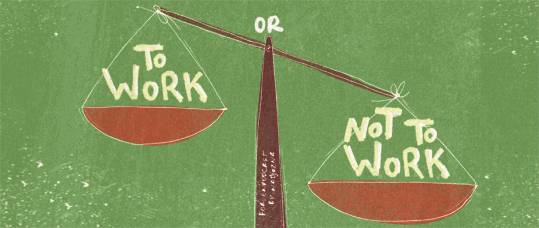

Now you can transform the procedural texture however you want by adjusting the location, rotation, and scale values on the mapping node.ĭo note that increasing the value of the scale leads to an overall decrease in the size of the texture. Setting up a mapping node with a procedural texture.
#Simple coords not working how to#
How to use the mapping node with a procedural texture? In this case, do make sure to have the UV output of the texture coordinate node plugged into the Vector input for the mapping node.

This way the texture on the individual faces of the mesh can be finetuned and the overall location, scaling, and rotation of the texture can be changed with much ease. Quite often, it can be helpful to change both the UV mapping and adjust the transformations using the mapping node. Transformations made with the mapping node can generally only affect the entire mesh. On the other hand, changing the UV mapping can be quite useful when finetuning or making miniscule changes to certain parts of a mesh, especially if it is complex with many faces that each require different transformations to the texture. Alternatively, transforming the image texture using the mapping node will affect the overall material, and hence is useful when manipulating the image for application on multiple objects with the same material applied. If you have the texture applied to multiple meshes, the others won't be effected until their UV map is changed too. Moreover, adjusting the UV maps of an object is local: it will affect the texture for only that one object. Hence, for multiple high-accuracy changes, the mapping node is preferred.

#Simple coords not working manual#
This would mean that it will have the same effects as changing the vector properties of the texture using the mapping node.Īdjusting the UV map requires manual manipulation of the map's points, while the mapping node can be adjusted more dynamically and accurately using numerical values. To scale, relocate, or rotate a texture using UV maps, you can simply select the UV islands of your mesh in the UV editor and transform them as needed. By adjusting the UV map, you can change how the image texture is wrapped around the model. The UV map is essentially a 2D representation of the 3D model, where each point in the UV map corresponds to a specific location on the model's surface.

What is the difference between adjusting the UV map or the mapping node for image textures? Related content: The definitive tutorial to UV mapping in BlenderĪs mentioned above, you can now easily transform the image texture by changing the mapping properties. The final setup should look something like this: For further control, add in a texture coordinate node by going to Shift A > Input > Texture Coordinate, and plug whichever coordinates suit best into the Vector input on the mapping node.Plug the color output of the image texture wherever you want, for example into the base color of a Principled BSDF node.Plug the vector output of the mapping node into the image texture.Drop in a mapping node by hitting Shift A > Vector > Mapping.Go to Add > Texture > Image Texture, or alternatively press Shift A > Texture > Image Texture, and use the "Open" button to open any image texture from your local device.Add a new material by pressing the "+ New" button at the top of the shader editor.Select your object and head to the shader editor.The mapping node is quite helpful when working with image textures, and is incredibly easy to set up: How to use the mapping node with an image texture? A texture with a 45 degree rotation around the Z-axis only.Īs can be seen in the images above, simply changing the location, scaling, or rotation of a texture using a mapping node can help you achieve many unique effects.


 0 kommentar(er)
0 kommentar(er)
